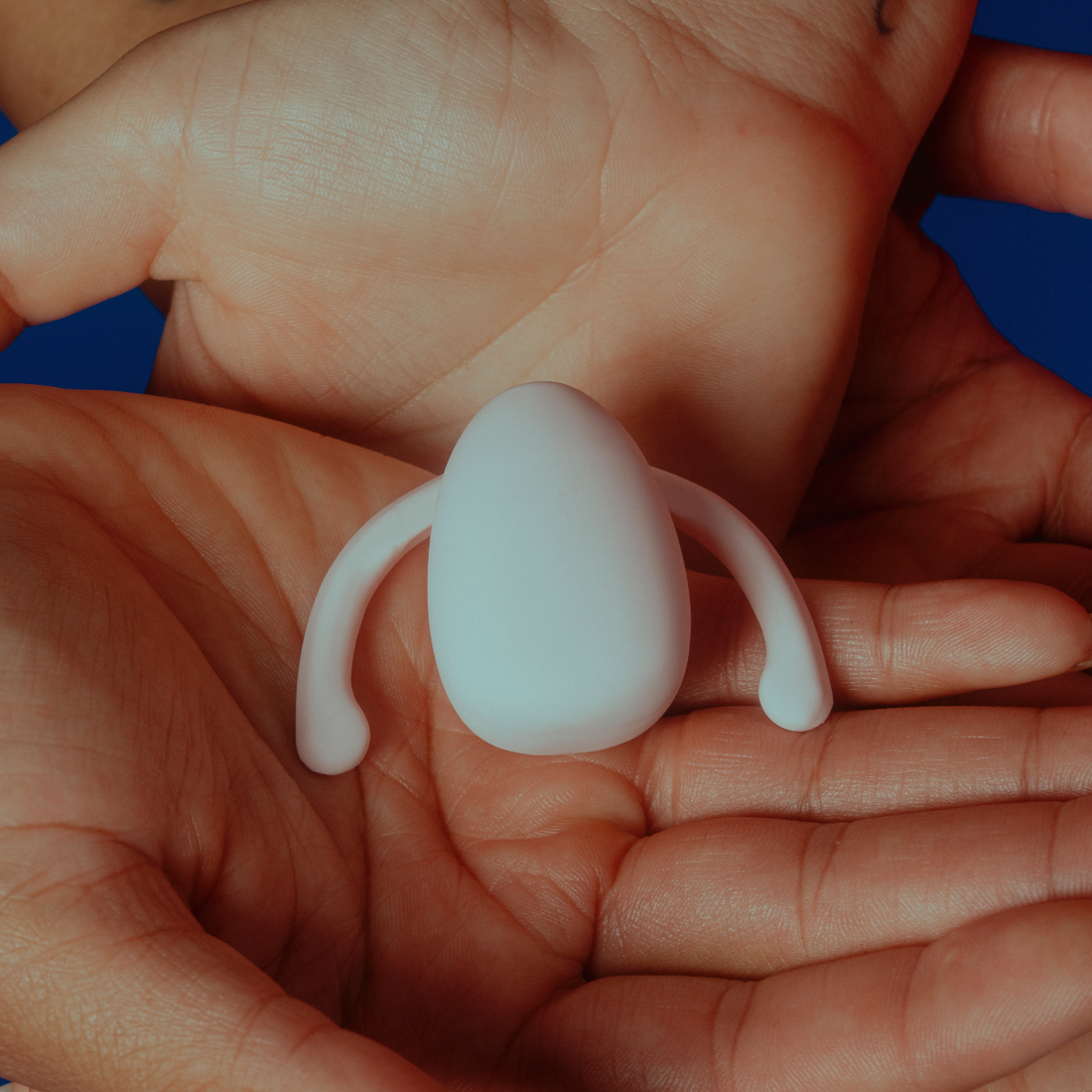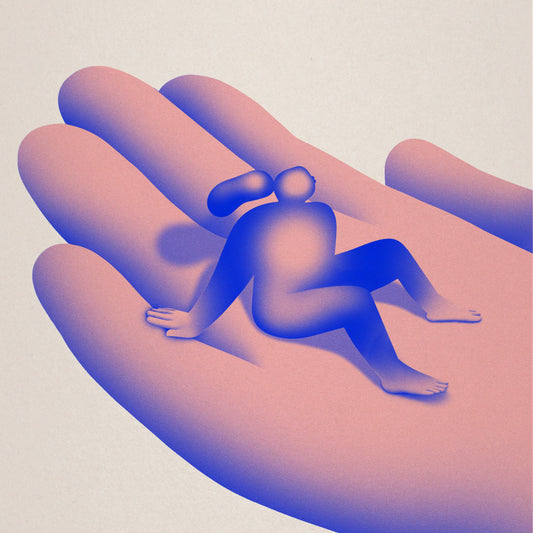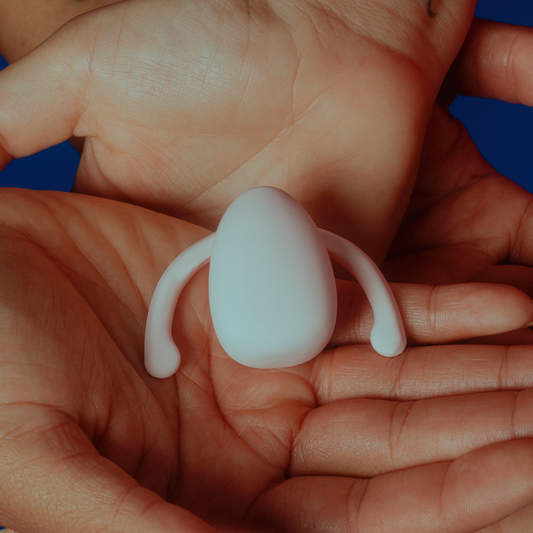If you’ve been interested in healthy communication in relationships, especially in the past several years, you’ve likely heard about the widespread conversation around the 5 Love Languages. This theory rests on the idea that we can better communicate with our partners with a deeper understanding of how they sense and experience love, rather than making our own assumptions about what works best for them. But what if simply speaking your partner’s language doesn’t seem to do the trick? Maybe what they need is to feel a bit more safe.
Relational Trauma
It may be a little dark to suggest, but as a therapist I find a lot of validity in Nietzsche’s quote, “To live is to suffer.” When it comes to relationships, by living and connecting with one another, we experience relational pain. I often speak to clients in my practice and tell them that due to the simple fact of being an “other” to our partners, we may often misunderstand and cause unintentional hurt. That is normal. Healthy partners take the initiative to do what they can to gain better understanding and minimize the hurt we cause by simply being the “other.” For many of us, we’ve experienced deep relational pain which causes us to feel mistrust in our connections with others. That may look like us testing the fidelity of our partners, creating unnecessary conflict, feeling very anxious in our relationships and a host of other behaviors. It’s this kind of messiness that makes us human. What we’re often working through, in those moments, are past relational traumas and pain that have been triggered by more recent events. For example, have you ever found yourself incredibly worked up after a partner made a flippant, but benign, comment in passing? If so, it’s likely that comment triggered some negative emotions or feelings associated with a past hurt. And we all differ in how we respond in those moments. Learning to work through our more tender moments, in which we are seeking greater comfort and safety, is a life’s work.
Jake Ernst’s “Routes of Safety” Model
Therapist and social worker Jake Ernst came up with “trauma-informed love languages” in his Routes of Safety model, which has been tremendously helpful to me in my work with clients who are seeking support for relationship issues. Ernst’s model states that we need to feel safe in order to continue to invest in meaningful relationships. When we carry with us past relationship hurt, or trauma such as neglect or abuse, that sense of safety is even more important because feeling vulnerable is often a barrier for us in maintaining intimacy. His “routes” provide helpful examples of what kinds of safety we might need, and how we can work to create that for ourselves, to maintain the connections that are most important to us.
View this post on Instagram
How the Model Can Help: One Example
As a therapist, my work often includes looking at the present situation and how the history of a client has impacted the present moment. I think that most of our pain, and healing, comes through our relationships with others. Therefore, understanding a client’s past attachments (of all types) is often helpful in understanding how certain actions or choices may be attempts at seeking safety and self-preservation, rather than malicious manipulation for the sake of all-encompassing power. I once worked with a young client who reported they often felt unseen in their present relationship. Session by session we would talk extensively about how this current relationship didn’t quite feel satisfying, yet didn’t seem worthy of it ending just yet. By taking a deeper look into the client’s past, we were able to explore some potential reasons for the client’s regular dismissal of their own feelings and needs, in order to appease and retain their partner. This, naturally, left them often feeling dissatisfied. What we discovered together is that the client often felt unsafe in relationships due to abuse from a previous partner, and a history of invalidation of their feelings from their parents when they were younger. We spent a great deal of time understanding and re-processing the effects of those traumatic experiences, and making the connections between them and how the client was often deferential to their current partner’s wants and needs. Their partner wasn’t entirely aware of this and wasn’t maliciously creating this dynamic to manipulate for their own good. But there was a lack of misunderstanding about what my client’s genuine needs actually were. We were able to use Ernst’s model to explore some ways in which they could ground themselves and cultivate a greater sense of safety, both on their own and in more challenging moments with their partner. For example, we discovered that when moments of conflict arise, my client would quickly get overwhelmed and shut down, or dissociate. This was their nervous system’s way of achieving momentary safety. Naturally, their partner perceived this as them stonewalling and it created ongoing resentment and tension between them. By understanding that my client felt safest in moments of Private Retreat, my client was able to communicate this to their partner and they began to work on taking breaks in tougher conversations. This helped empower them as partners to work towards solutions with less resentment and personalization. As a result, my client also got to see their partner less angry and frustrated in those moments, which also helped them feel safer and more confident in expressing their needs and boundaries over time.
What Makes You Feel Safe?
By taking time to understand what makes us feel safe we can better understand what ends up leaving us feeling stuck in our connections with others. When we have awareness of what our own needs are, we can offer ourselves the kind of care that we need. And, in turn, we can empower those closest to us to really show up for us and offer their support in helping us work through our greatest vulnerabilities. If we can take time to ask ourselves, “What makes me feel safe?” we can start to treat ourselves with more compassion and make us healthier partners, with a greater ability to also tend to our partner’s needs without overriding our own. The Routes to Safety model is a great place to start.




















































